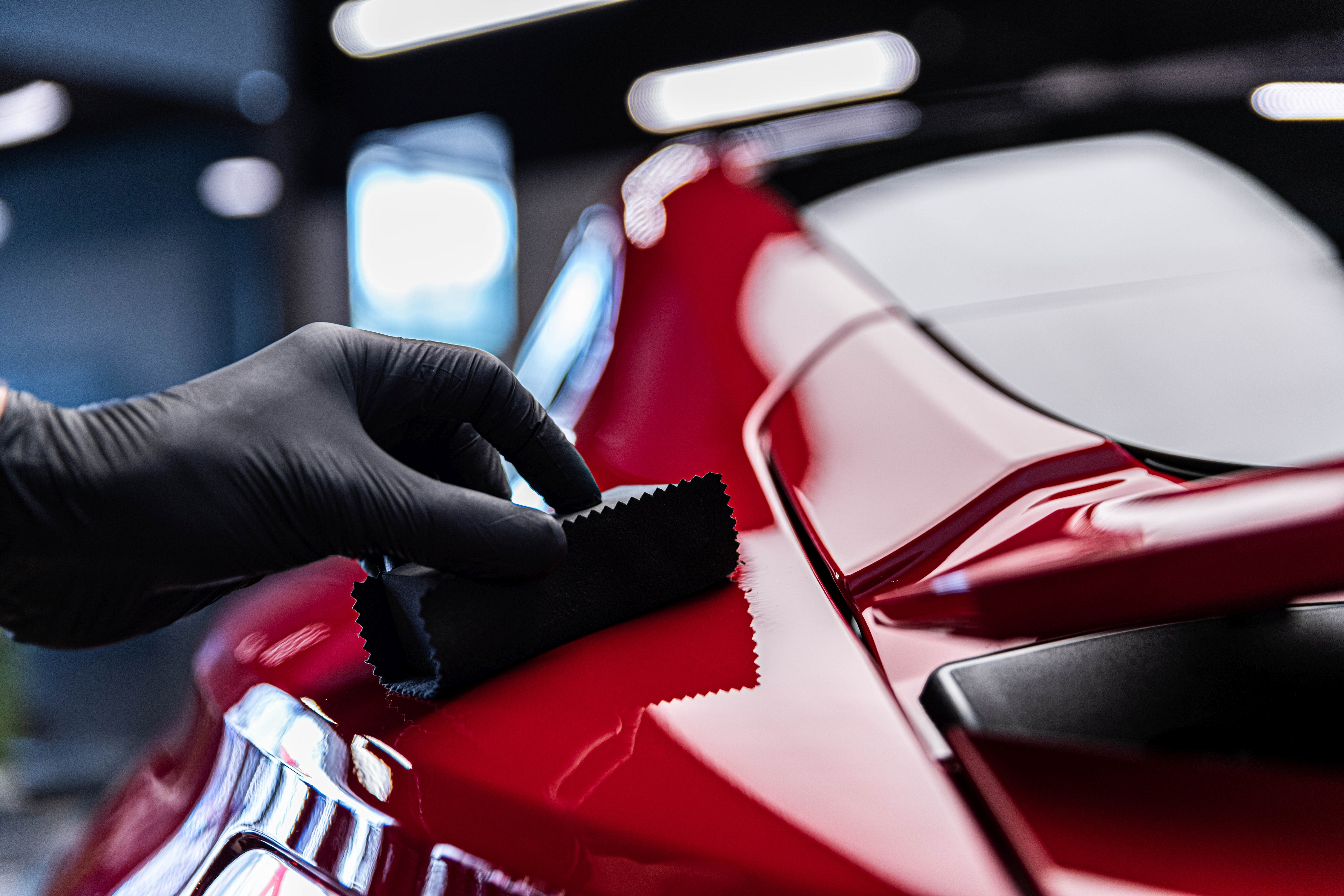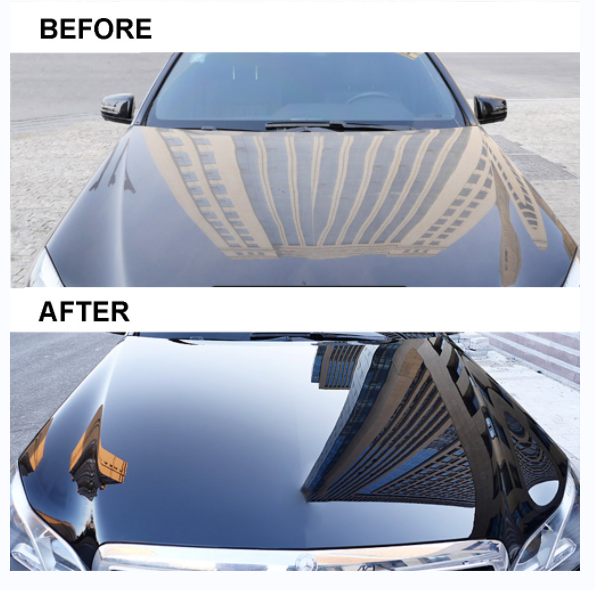A Comprehensive Overview to the Sorts Of Ceramic Covering on the Market
Ceramic finishes have emerged as a critical solution across various sectors due to their one-of-a-kind homes and applications. As we check out the distinct features and applications of these coatings, the ramifications for performance and longevity come to be significantly obvious, elevating inquiries concerning which type might best fit your requirements.
Recognizing Ceramic Coatings
Ceramic finishes are sophisticated protective options that have gotten popularity in various sectors, specifically in automotive and aerospace applications. These coatings contain a fluid polymer that, when healed, creates a long lasting, hydrophobic layer on the surface area of the substrate. This layer offers boosted resistance to ecological contaminants, UV radiation, and chemical exposure, therefore extending the life and visual allure of the underlying product.
The essential element of ceramic layers is silica, which contributes to their solidity and toughness. The application process normally involves surface preparation, application of the finish, and curing, which can be attained through warmth or UV light. As soon as cured, ceramic finishes show extraordinary bonding residential properties, enabling them to stick highly to a range of surface areas, including metals, plastics, and glass.
Along with their safety features, ceramic finishes also use simplicity of upkeep. Their hydrophobic nature lowers the adherence of dust and gunk, making cleansing easier and less regular. On the whole, the fostering of ceramic coverings stands for a substantial improvement in surface defense modern technology, providing both useful and visual benefits across several fields.
Kinds Of Ceramic Coatings
Numerous kinds of ceramic layers are readily available, each designed to meet particular efficiency requirements and applications - ceramic coating sarasota. One of the most usual kinds consist of:
Silica-based Coatings: These coatings primarily include silicon dioxide and are understood for their sturdiness and chemical resistance. They are widely utilized in auto and commercial applications.
Titanium Dioxide Coatings: Prominent for their photocatalytic residential properties, titanium dioxide coatings are commonly used in atmospheres where self-cleaning and antifungal residential properties are desirable, such as in structure materials and auto coatings.
Zirconia Coatings: Defined by their high-temperature security and thermal resistance, zirconia finishings are utilized in applications such as generator engines and high-performance automobile components.
Alumina Coatings: Showing outstanding solidity and thermal stability, alumina finishes are frequently utilized in wear-resistant applications, including cutting tools and industrial equipment. - ceramic coating sarasota
Hybrid Coatings: Integrating the properties of different products, crossbreed layers provide boosted efficiency features, making them suitable for unique and requiring applications.
Each kind of ceramic finish offers distinctive objectives, allowing customers to pick the most suitable remedy based upon details ecological conditions and efficiency requirements.
Advantages of Ceramic Coatings
Ceramic finishings, in certain, deal various benefits that make Our site them progressively popular amongst suppliers and customers alike. These finishings are resistant to scrapes, chemicals, and UV rays, guaranteeing that the underlying surface area remains protected over time.
Along with longevity, ceramic coverings offer outstanding hydrophobic buildings, allowing for very easy cleansing and upkeep. This water-repellent nature reduces the adherence of dust, crud, and other pollutants, which can lengthen the aesthetic allure and capability of the surface area. Ceramic coatings can dramatically enhance thermal resistance, making them excellent for applications that withstand high temperature levels.

Application Refine
When applying ceramic finishings, a careful strategy is crucial to achieve ideal outcomes. The application process normally starts with comprehensive surface area preparation. This entails washing, sanitizing, and polishing the surface area to get rid of all impurities, consisting of dirt, grease, and prior waxes or sealers. A tidy surface ensures correct adhesion of the finishing.
As soon as the surface area is prepped, the following step is to apply the ceramic finish. This can be done making use of an applicator pad or a microfiber towel, making sure also coverage. It is critical to work in small sections to maintain control and prevent early healing. The finish must be used in thin layers, as thicker applications can bring about irregular finishes.
After application, the layer requires a specific treating time, generally ranging from a few hours to a full day, depending upon the product. Throughout this time around, it is important to stay clear of direct exposure to dampness or pollutants. A gentle buffing might be needed after healing to boost the gloss and eliminate any high places. my latest blog post Adhering to these steps vigilantly will make the most of the performance and durability of the ceramic covering, providing a durable protective layer for the surface.
Upkeep and Long Life
To ensure the longevity and effectiveness of a ceramic covering, regular upkeep is important. Ceramic coverings, understood for their toughness and protective high qualities, call for particular care regimens to optimize their lifespan and efficiency.
In enhancement to normal washing, regular examinations are critical. Look for indicators of wear or damages, such as hydrophobic properties lessening or surface area flaws. If required, a light polish may be used to rejuvenate the layer without removing it away.
In addition, the application of a booster spray can boost the layer's hydrophobic results and recover its gloss. This is specifically beneficial for finishes that have been in usage for an extensive period. Ultimately, by adhering to these maintenance practices, one can considerably extend the life of a ceramic finish, making sure that it continues to give optimum protection against ecological factors and preserve the visual charm of the car.
Final thought
